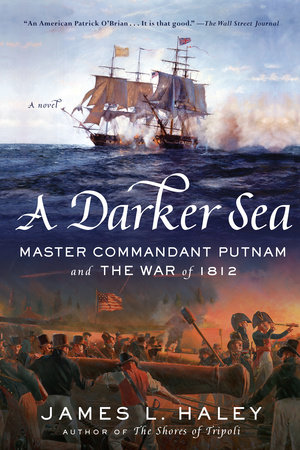

Though the Lusitania seems like the ideal story for Mr. Crown is printing 250,000 copies and is sending Mr. 1 spot on Amazon’s best-seller list several days before its release. Larson turns the already heavily chronicled destruction of the Lusitania into a sort of geopolitical thriller, one that reads like a brainy mash-up of James Cameron’s “Titanic” and Steven Spielberg’s “Jaws,” with the invisible menace of the submarine spreading panic among seafarers like a rogue great white shark. Larson’s new book, “Dead Wake,” to be released by Crown on Tuesday, is shaping up to be one of the biggest nonfiction titles of the year. Larson, and helped persuade him that he had found the subject of his next book.įive years and eight drafts later, Mr. Schwieger’s complexity as a character fascinated Mr. Some 95 years later, Erik Larson, the author of best-selling historical narratives like “The Devil in the White City” and “In the Garden of Beasts,” came across Schwieger’s journal and other dramatic testimonials at the Hoover Institution at Stanford University.

The distressed witness was Walther Schwieger, a German submarine captain who just minutes before had fired a torpedo into the ship, the Lusitania, killing 1,198 of its 1,959 passengers, in one of the most devastating maritime disasters in history. It was impossible for me to give any help.” “Desperate people ran helplessly up and down the decks,” one horrified eyewitness wrote, adding: “It was the most terrible sight I have ever seen. The only follow-up on this encounter is news of what happens to the girl after the ship goes down.On a clear afternoon about 100 years ago, a large British passenger ship started sinking off the coast of Ireland, listing violently as it was sucked down into the ocean. Dead Wake includes the story of a crew member painting the underside of a lifeboat in a colour called “crab fat” when he sees the feet of two little rich girls and their nanny approach. What he saw now shocked even him.” And he often throws in anecdotes simply because they’re colourful, not because they advance any central narrative. He has made his reputation on cliffhanger phrasings like: “Schwieger again took the periscope.

Larson has little trouble stitching all this together. But the Lusitania was a ship carrying nearly 2,000 people, including Americans, at a time when the US had not entered the First World War. Walther Schwieger, commander of the submarine U-20 and a major figure in Larson’s book, had already taken a shot at a hospital ship without qualms.

There had been instances of what was then called “frightfulness,” a more polite name for terrorism, preceding the Lusitania attack.


 0 kommentar(er)
0 kommentar(er)
